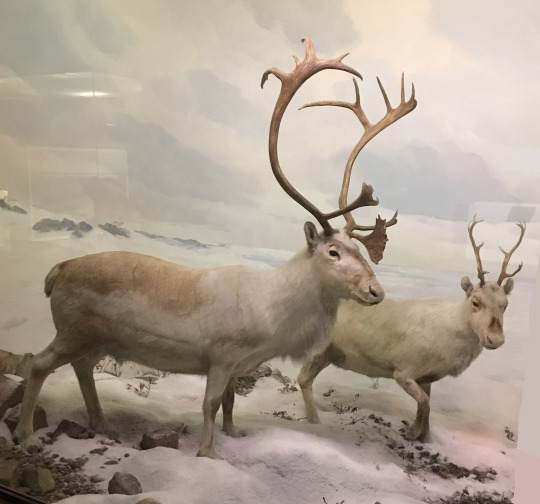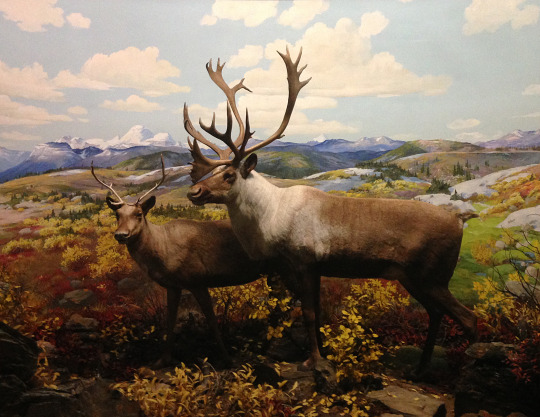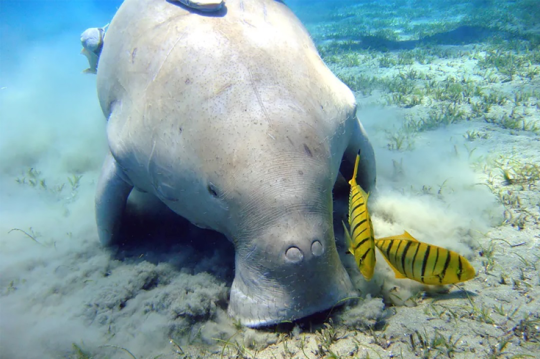by Suzanne McLaren
On the second floor at Carnegie Museum of Natural History a visitor can see dioramas showing wildlife found in both North America and Africa. Often a visitor is drawn close to an exhibit by the taxidermy mount of a large mammal that is the diorama’s most prominent feature. The animal is posed as it would appear in its natural surroundings. The art and science of world class taxidermy can lead a visitor to focus only on what appears to be the main subject of the diorama. However, that would be unfortunate. In nearly every example on the second floor, the staff has gone to great lengths to include so much more. The next time you visit, look at different types of plants, birds, reptiles, amphibians and even insects and mollusks that share the habitat.
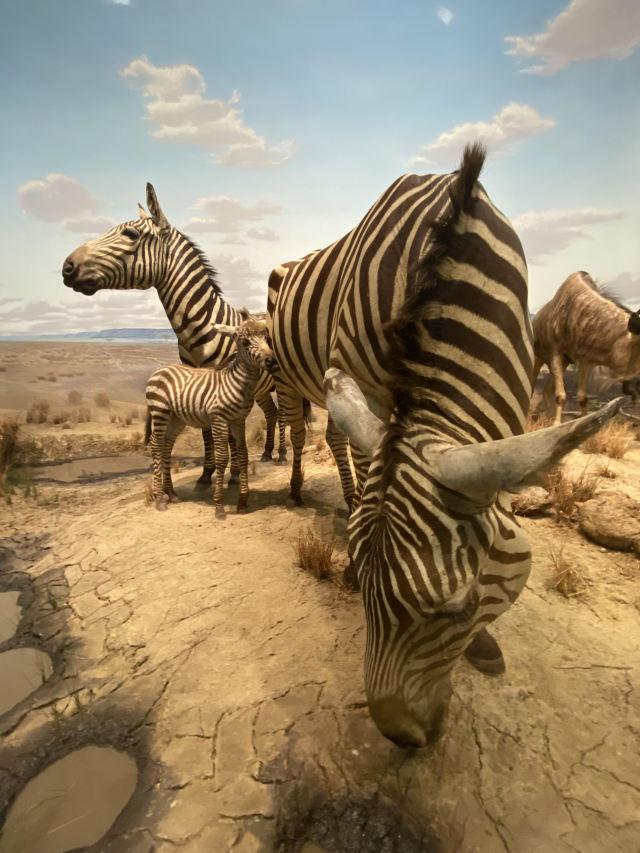
Some of the earliest Carnegie Museum dioramas exhibits, crafted by taxidermist Frederic S. Webster, have depicted locations unfamiliar to the average visitor of his day. Webster was sent to locations around North America to observe, sketch, plan and collect for the construction of dioramas that could bring the essence of those environments home to Pittsburgh. Subsequent generations of Carnegie Museum exhibit and scientific staff have followed that same general process. In many cases, one can look at a diorama and realize that the scene represents an identifiable location. Whether that location is Yellowstone National Park in Wyoming, Masai Mara National Reserve in Kenya, or Powdermill Nature Reserve in Westmoreland County, Pennsylvania, the construction of a new diorama can take years of planning and months of construction to complete.
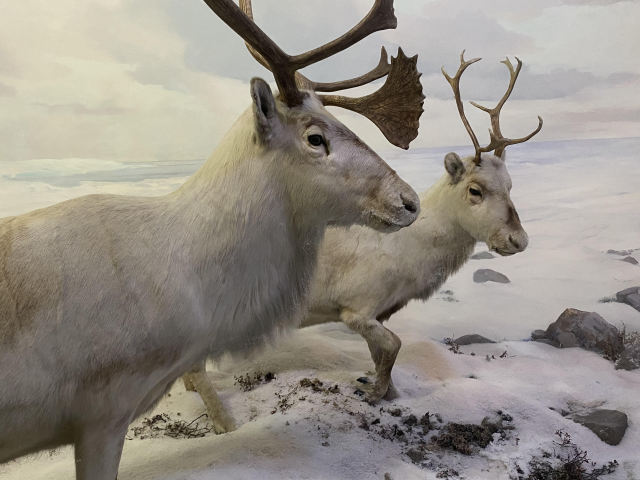
If you can join us at Carnegie Museum of Natural History for Super Science Saturday on September 25th, Curator John Wible and Collection Manager Sue McLaren from the Section of Mammals will be on hand to talk about mammals and share stories about some of their favorite dioramas.
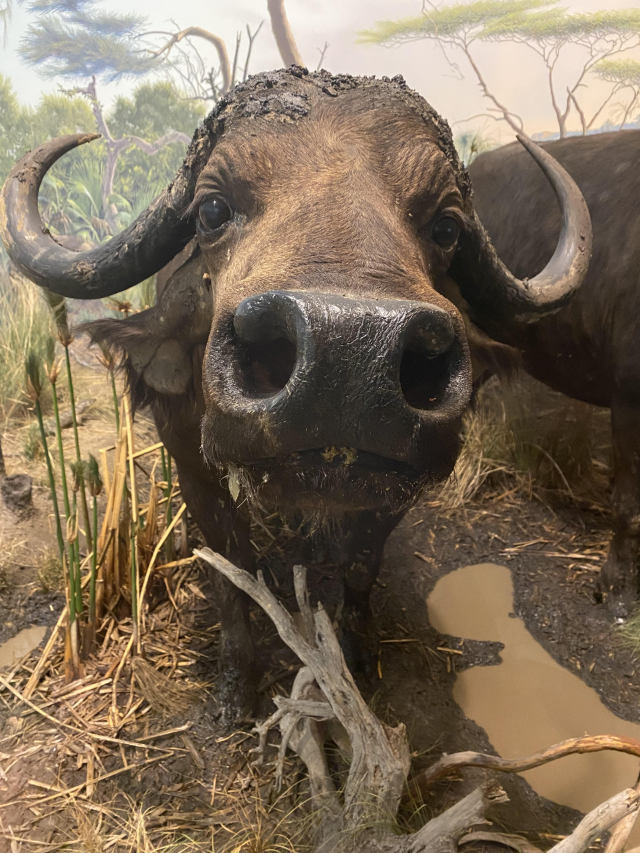
Suzanne McLaren is the Collection Manager in the Section of Mammals at Carnegie Museum of Natural History. Museum employees are encouraged to share their unique experiences from working at the museum.
Related Content
Doubly Dead: Taxidermy Challenges in Museum Dioramas
Carnegie Museum of Natural History Blog Citation Information
Blog author: McLaren, SuzannePublication date: September 13, 2021
